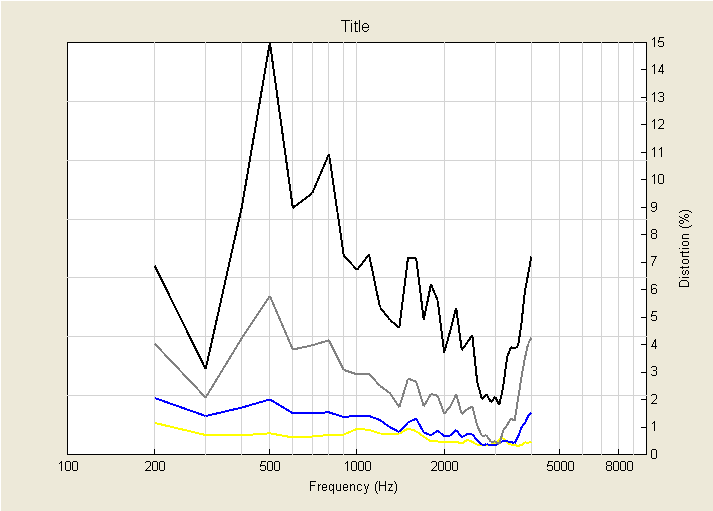About five years ago I wrote an article on how to test whether your favorite hearing aid can handle the more intense inputs that are typically found with music. {{1}}[[1]](Chasin, M., Can your hearing aid handle loud music? A quick test will tell you, The Hearing Journal, December, 2006. 22-24.[[1]]
You may be recommending and fitting an absolutely wonderful hearing aid that has great fitting software, good reliability, and perhaps even a good price. It appears to work as well as any for speech, even though like most, it may be limited for music.
Previous blogs have touched on how a music program can be set–the “-6 dB rule” was suggested (the gain and output in your music program should be -6 dB relative to your speech in quiet program)– and about bandwidth (wide is good but really only for those with mild to moderate hearing losses and when the configuration is relatively flat). But can your favorite hearing aid handle intense music inputs?
This still remains the number one cause of why people reject their hearing aid(s) when listening to music. It is true that because music is so intense, the signal to noise ratio is not a problem but this same high signal level of even quiet music can overdrive the front end analog to digital (A/D) converter. Here’s what you do.
Program your favorite hearing aid for about 5 dB of gain and set it to have a maximum output level (maximum OSPL90). Then apply a rather intense signal (about 105 dB SPL) and watch it distort (or not…). With only 5 dB of gain and a sufficiently high OSPL90 the input + gain is far less than the OSPL90. If there is any measured distortion then it must not be saturating the system because the output is far less than the OSPL90 setting. If there is any measured distortion however, this is a “front end” problem and unless something is done, your favorite hearing aid may not be the best for listening to music. This entire “test” takes about 2 minutes and only has to be performed once.
The trick of course is finding the best way to generate 105 – 110 dB SPL in a hearing aid test box. By moving the hearing aid test box reference microphone as far away as possible from the speaker, the sound generated in the test box at the hearing aid microphone can be significantly increased. Typically one can only accomplish about 10 dB in boost in this way. For example, if your hearing aid test system can only generate 90 dB SPL, one can easily accomplish a level of 100 dB SPL by moving the reference microphone. This will also generate a relatively flat 10 dB increase across the frequency range.
Well, what about the other 5 – 10 dB? Here is where Scotch tape comes to the rescue. Wrapping several turns of tape over the reference microphone will reduce its sensitivity even further and attenuations of 8-10 dB are easily accomplished (depending on the brand of tape and how tightly it is wound).
So, moving the reference test microphone as far from the loudspeaker as possible (and with some manufacturers one can even place the reference test microphone outside of the test box) and then, if required, using Scotch tape, will allow levels on the order of 105-110 dB SPL to be generated in the test box.
Below are two slides that summarize this with my two “favorite” hearing aids for speech. The first cannot handle the intense components of music, while the second is fine with speech and loud music.
The black lines are with 110 dB SPL input; the gray with 105 dB SPL input; the blue with 100 dB SPL input; and the yellow with 95 dB SPL input. As can be seen one may not achieve any significant measure of distortion (even if you only use a measure of Total Harmonic Distortion (THD) are used) unless a level of 110 dB SPL is used.
There are certainly features of the first hearing aid that I love (including a manufacturer that bends over backwards for me) but unfortunately it cannot handle the more intense inputs of music. The second hearing aid works equally well for both speech and music. Both are my favorites but only one can handle the louder inputs of music with virtually no distortion.







